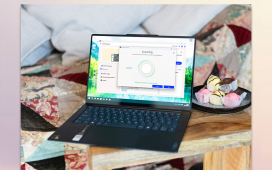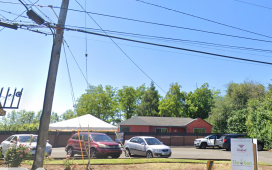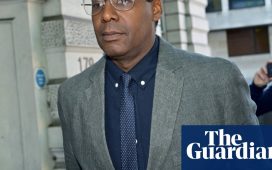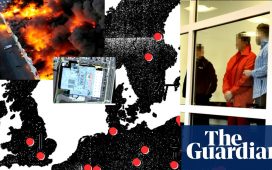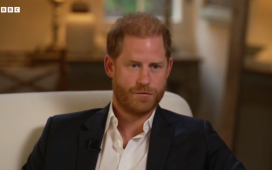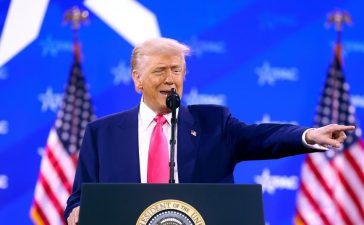Britain is an “omni-surveillance” society with police forces in the “extraordinary” position of holding more than 3m custody photographs of innocent people more than a decade after being told to destroy them, the independent surveillance watchdog has said.
Fraser Sampson, who will end his term as the Home Office’s biometrics and surveillance commissioner this month, said there “isn’t much not being watched by somebody” in the UK and that the regulatory framework was “inconsistent, incomplete and in some areas incoherent”.
He spoke of his concerns that the law was not keeping up with technological advances in artificial intelligence (AI) that allow millions of images to be sorted through within moments and that there were insufficient checks and balances on the police.
In 2012, the high court ordered police forces to destroy custody photographs of people who were never charged with a crime, including environmental activists, but Sampson said they had yet to be deleted, raising concerns that the images could be used for crowd surveillance by AI-assisted systems.
He said: “It’s extraordinary. So, the police at the moment in England, Wales have so many photographs – custody photographs of people that were not proceeded with and therefore in legal terms are innocent – that they don’t know how many they have. But it will be well over 3m.
“They were challenged in 2012 and a high court judge said you must get rid of these in months, not years. Eleven years later they have still got them. And the answer to that has been: ‘Well they’re retained on a database that doesn’t have the bulk delete capability’.
“And I’ve said: ‘Well that can’t possibly be a defence because you built it.’ So what the police are trying to do at the moment is migrate that, create a new database and move everything off it that is legitimate, and by a process of elimination all that’s left can be deleted. But in terms of public trust and confidence it’s not a great place to be if that’s the only plan you have.
“So when we’re having conversations about new technologies such as facial recognition, the conversation often comes back to: ‘Why would we trust you to get this bit right? When you’ve still got legacy problems from 10 years ago from other images?’ People want to know with facial recognition: how do they find their way on to a watch list, and how could they get off it? And that’s really important.”
Sampson said the sheer weight of images captured by official cameras and those of the general public and shared online offered police forces a powerful tool in light of the advances in AI.
He said: “There was a lawyer back in 2010 who used the expression ‘omni-surveillance’ and I think, yes, we are in that. There isn’t much not being watched by somebody. The thing is, almost all of it’s been watched by people on private devices. And they now share it whether they want them to or not with everybody, the police, the state, the foreign government, anybody.
“When all that needed a human to edit it, it wasn’t an issue because no one was going to live long enough to get through 10 minutes. But now you can do it with AI editing. All of a sudden you can tap that ocean. Our regulatory framework hasn’t seen any account of that at all. It still just regulates those cameras that are owned and operated by police and local authorities, which is a tiny fraction.”
Last week the Guardian revealed that Hikvision, the Chinese surveillance manufacturer, was recommitting to the UK after receiving a clarification from the government that its cameras would be prohibited only from “sensitive” sites such as defence and intelligence facilities, despite an acknowledgment that the state-owned firm poses a security risk.
Sampson said he had sought to question Hikvision, whose equipment is prohibited in the US on national security grounds, about its business but had been told by the company that it would be willing to have a conversation only if he signed a non-disclosure agreement.
He added that he had spoken to the National Police Chiefs’ Council ethics committee, chaired by the Bishop of Manchester, in June and that he hoped the police would stop using the Chinese-made cameras that have reportedly been used in Uyghur “re-education camps” in the autonomous territory of Xinjiang in north-west China.
Sampson said: “If I was a sworn police officer and the Home Office gave me body-worn video made by one of these companies, I would refuse to wear it on the basis that it was incompatible with my oath of office, and I would look forward to appearing before a conduct panel to explain why.”
A spokesperson for Hikvision denied the company had requested that Sampson sign a non-disclosure agreement, describing it as “categorically untrue”.
The spokesperson said: “During Prof Sampson’s tenure in office, Hikvision has met with dozens of UK government officials, members of parliament, and previous national biometric and security camera commissioners. None of them were asked to sign an NDA. All Hikvision has ever asked is for respect of commercial confidentiality, which every single other official was more than willing to agree to in good faith.”
A Home Office spokesperson said: “The government is committed to making sure the police have the tools and technology they need to solve and prevent crimes, bring offenders to justice, and keep people safe.
“New technology is key to more effective, efficient policing and we are supportive of police forces using technology like facial recognition in a fair and proportionate way.”

